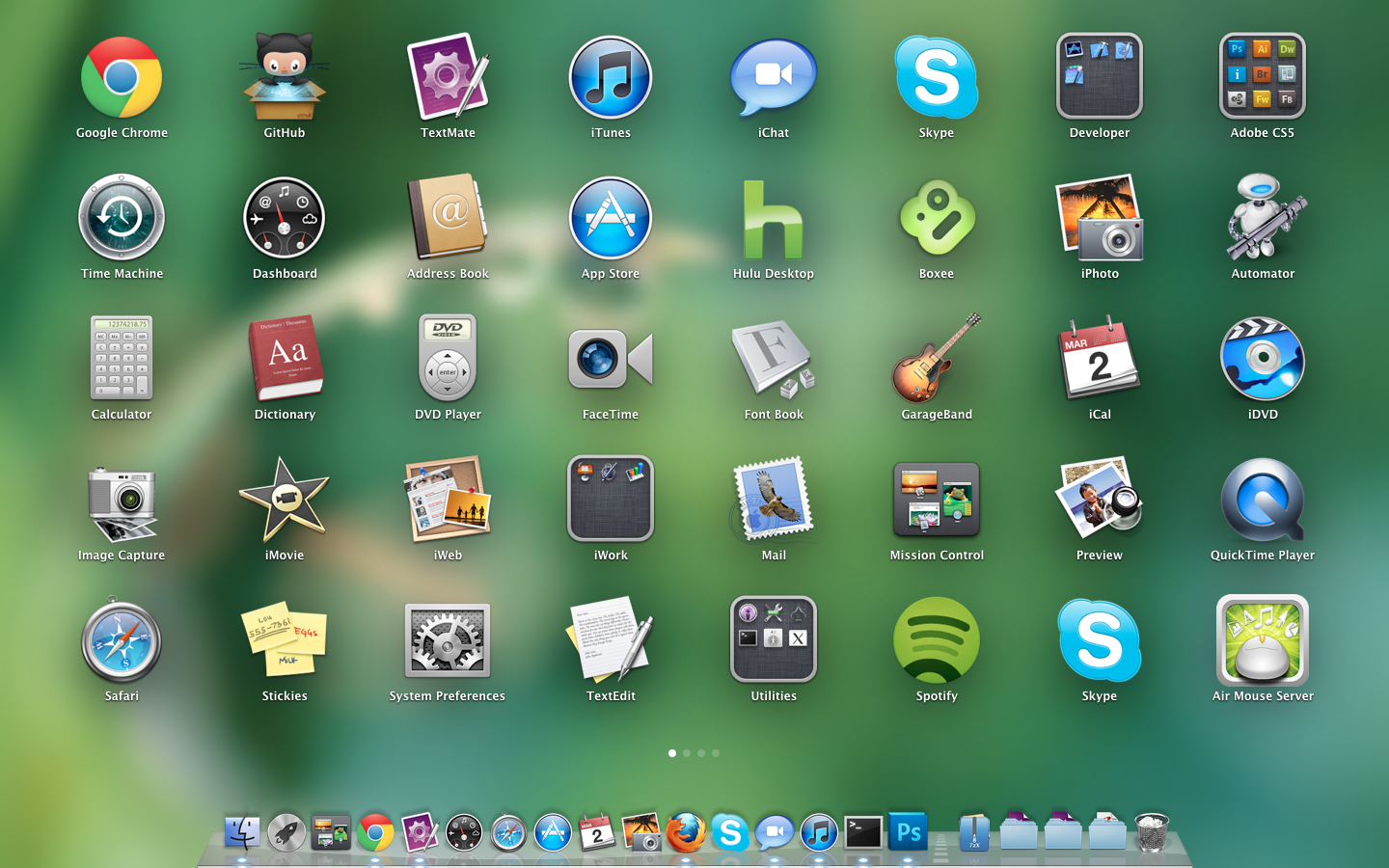
More swiping. Bigger buttons. Tighter integration with mobile operating systems. OSX has been on a collision course with its mobile counterparts for years. Not all iPhone app developers are on board with the “simplification” of the desktop experience, but there are obvious UI wins for non-technical users who’ll never touch Xcode or Terminal.
Why this matters for iPhone app developers: new features in the latest OSX alongside UIKit’s increasing popularity indicates that 2016 could be the year that OSX and iOS fully integrate.
Recap: why aren’t iOS and OSX already integrated?
Techies and mobile app developers have only to take a look at the messy Windows cross-platform OS to see why Apple has opted to roll out their integrations in stages. By fashioning similar-but-different experiences for iOS, watchOS, tvOS, and OSX, Apple has been able to train users on the Apple way of thinking without creating roadblocks to UI discoverability. While most of the big leaps in UI have taken place in the mobile environment, San Francisco iPhone app developers expect that desktop will follow suit on trends like frameless views and swiping navigations in the very near future.
UIKit: bringing the apps back to the desktop
iPhone app developers have long worried about OSX’s relative lack of feature development compared with mobile OS offerings for years. Unfortunately, app development frameworks have been too complex to make it worth developer time to jump from web app to native on OSX. After all, web apps performance is very good — leading us into today’s “if it ain’t broke, don’t fix it” mentality. Needless to say, a thriving native app ecosystem like that on iOS would greatly improve the user experience and get rid of the “tab fatigue” built into the web app experience.
Speculative experiences
Luckily for visual thinkers out there, the Mac design community has offered no shortage of proposals for how a dialed-down “mobile” experience could take hold in a Macbook-type product.
What’s guaranteed: smoother, easier user experiences
Regardless of how quickly Apple chooses to close the gap between iOS and OSX, iPhone app development companies can look forward to a future where the native app ecosystem spreads beyond the mobile screen, taking advantage of desktop environments as well as uncharted territory like smart devices and sit-on-top TV boxes.





